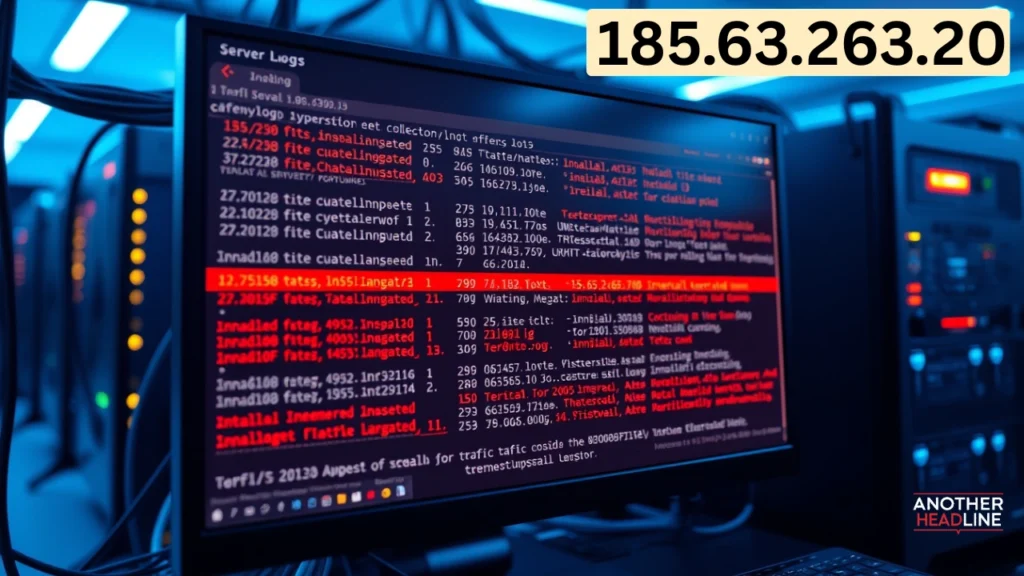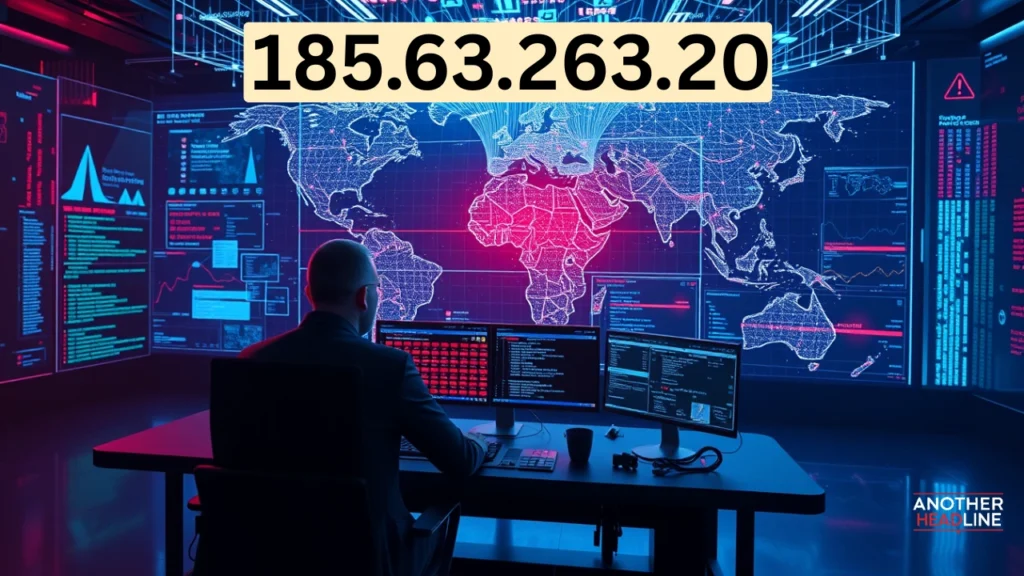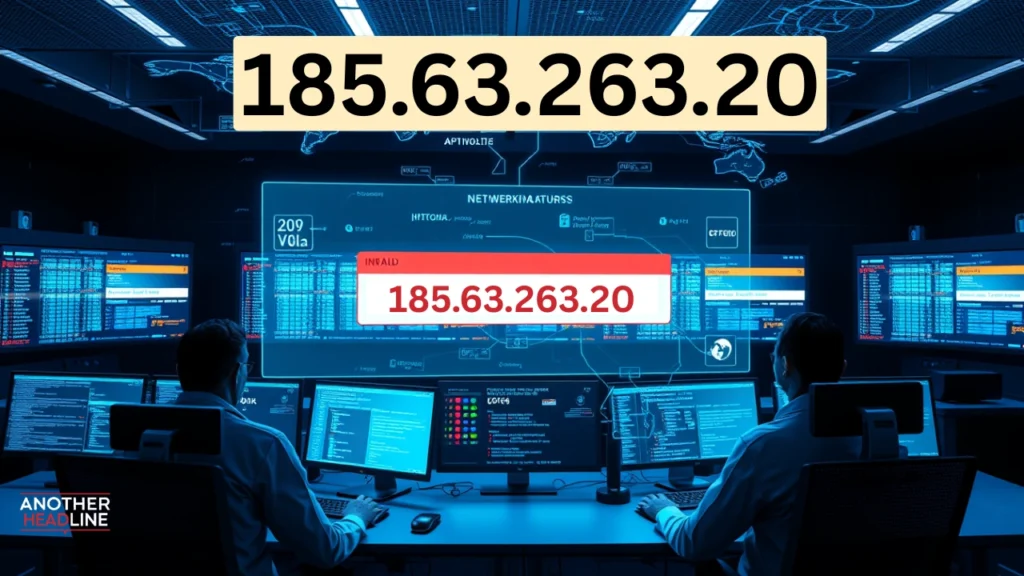185.63.263.20 is an IP address that has appeared in various network logs, raising questions among IT professionals and cybersecurity enthusiasts. At first glance, it seems like a regular IPv4 address, but it is actually invalid due to the structure of its octets. Understanding why this address is invalid, how it appears in logs, and the implications for networks is essential for administrators and cybersecurity teams.
What Is an IP Address?
An IP address (Internet Protocol address) is a unique identifier assigned to devices connected to a network. It allows devices to communicate and transfer data over the internet or local networks.
IPv4
IPv4 addresses consist of four octets, separated by periods, with each octet ranging from 0 to 255. For example: 192.168.1.1. Any octet above 255 is invalid, making the address unusable on the internet.
IPv6
IPv6 was introduced to solve IPv4 address exhaustion and uses 128-bit addressing, allowing a much larger pool of unique IPs.
Also Read
Why 185.63.263.20 Is Invalid
The IP address 185.63.263.20 contains the number 263 in the third octet. Since IPv4 octets cannot exceed 255, this makes the address invalid.
Key Facts About Invalid IPs
- Cannot be assigned to real devices.
- Any data sent to this address will fail to reach a device.
- May still appear in network logs, web server logs, or analytics.
How Invalid IPs Like 185.63.263.20 Appear in Logs

Invalid IPs are surprisingly common in logs due to several reasons:
1. Human or Typing Errors
Manual entry mistakes or faulty scripts can generate addresses like 185.63.263.20.
2. Spoofing by Attackers
Cybercriminals often use fake or invalid IPs to mask their true location and evade detection.
3. Misconfigured Systems
Routers, servers, or proxies with incorrect network settings may log invalid addresses.
4. Malware and Bots
Some malware or automated bots produce malformed IPs when scanning networks or sending requests.
Risks Associated With Invalid IPs
Although an invalid IP doesn’t directly harm your network, its appearance in logs can signal potential problems.
Security Risks
- Evasion Tactics: Attackers may use invalid IPs to bypass firewalls and security tools.
- Suspicious Activity: Frequent invalid IPs may indicate automated scanning or malicious bots.
Operational Risks
- Log Clutter: Invalid IPs make it harder to identify real security threats.
- System Misconfiguration: Repeated invalid entries may reflect errors in network or server setup.
How to Handle Invalid IP Entries

Proper handling ensures better security monitoring and network efficiency.
1. Filter Invalid IPs
Use log management systems to filter or flag invalid IPs. This helps reduce noise in your logs.
2. Monitor Traffic Patterns
Analyze traffic using tools like Wireshark, Splunk, or ELK Stack to detect suspicious patterns associated with invalid IPs.
3. Audit Network Configurations
Regularly check routers, proxies, servers, and firewalls for misconfigurations that may generate invalid IPs.
4. Strengthen Security Protocols
Implement WAFs, IDS, and IPS to detect spoofing and other malicious attempts effectively.
Real-World Implications
Ignoring invalid IP addresses like 185.63.263.20 can lead to:
- Missing actual threats hidden in logs.
- Generating false alerts that waste IT resources.
- Indications of botnets or malware activity if the address appears frequently.
By understanding why these IPs appear and how to handle them, administrators can maintain network efficiency and security.
Best Practices for Network Administrators
- Regular Log Review – Identify patterns and repeated invalid IP entries.
- Automated Alerts – Trigger alerts for suspicious or repeated invalid IPs.
- Input Validation – Ensure applications, forms, and scripts only accept valid IPv4 or IPv6 addresses.
- Staff Training – Educate IT staff on spotting anomalies and potential spoofing.
Conclusion
185.63.263.20 may seem like a normal IP address, but its invalidity highlights the importance of proper IP validation and vigilant network monitoring. While it cannot connect to devices on the internet, its presence in logs may indicate misconfigurations, human error, or attempts to bypass security. By filtering invalid IPs, auditing configurations, and monitoring traffic, network administrators can maintain a secure, resilient, and well-functioning network.





